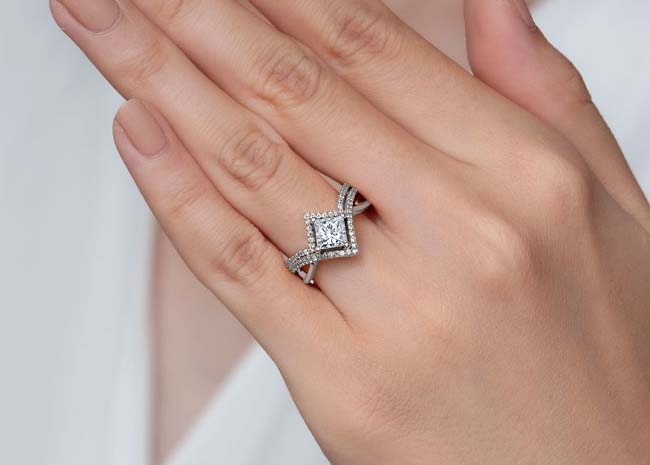
Choosing an engagement ring is one of the most important purchases you will make in your lifetime. The perfect diamond engagement ring symbolizes love, commitment, and the beginning of a beautiful journey with your partner. This ultimate guide will help you navigate the process of finding the ideal ring that reflects your style and budget while also considering the quality of the diamond. Refer: https://northandsouthjewelry.com/collections/diamond-engagement-rings.
Understanding the Four Cs of Diamonds
1. Cut
- The cut of a diamond determines its brilliance and sparkle.
- Opt for a diamond with an excellent or very good cut for maximum light performance.
2. Color
- Diamond color is graded on a scale from D (colorless) to Z (light yellow or brown).
- Choose a diamond with a color grade of G or higher for a near-colorless appearance.
3. Clarity
- Clarity refers to the presence of inclusions or blemishes within the diamond.
- Select a diamond with a clarity grade of SI1 or SI2 for a balance of quality and value.
4. Carat Weight
- Carat weight is the measurement of a diamond's size and weight.
- Consider a diamond slightly below traditional carat weights to save on costs without sacrificing appearance.
Choosing the Right Diamond Shape
1. Round
- The most popular and classic diamond shape, known for its brilliance and fire.
- Ideal for those who prefer a timeless and versatile look.
2. Princess
- A modern square shape that offers a contemporary twist on traditional engagement rings.
- Princess-cut diamonds are known for their sharp angles and brilliance.
3. Emerald
- An elegant rectangular shape with step-cut facets that create a hall-of-mirrors effect.
- Perfect for those who appreciate a sophisticated and vintage-inspired look.
4. Oval
- Oval diamonds offer a unique and elongated shape that creates the illusion of a larger size.
- Great for those who want a diamond that stands out from traditional round shapes.
Setting and Metal Options
1. Setting
- Choose a setting that complements the diamond shape and enhances its beauty.
- Popular settings include solitaire, halo, pave, and three-stone settings.
2. Metal
- Consider the metal type based on your style and budget preferences.
- Common choices include platinum, white gold, yellow gold, and rose gold.
Customization and Personalization
1. Engraving
- Add a personal touch by engraving a special message or date inside the ring.
- Engraving adds sentimental value and makes the ring unique to you and your partner.
2. Custom Design
- Work with a jeweler to create a custom-designed engagement ring that reflects your style and preferences.
- Customizing the ring allows you to choose the diamond, setting, and metal that best suit your preferences.
Shopping Tips and Considerations
1. Budget
- Set a budget before you start shopping to narrow down your options and prevent overspending.
- Consider factors like the size of the diamond, its quality, and the metal type when determining your budget.
2. Research and Educate Yourself
- Learn about the different diamond shapes, cuts, colors, and clarities to make an informed decision.
- Visit multiple jewelers or online retailers to compare options and prices before making a purchase.
3. Certification
- Choose a diamond that comes with a reputable certification from organizations like GIA or AGS.
- A diamond certificate ensures the quality and authenticity of the diamond you are purchasing.
Conclusion
Choosing the perfect diamond engagement ring involves a combination of personal preferences, budget considerations, and understanding the characteristics of a diamond. By following this ultimate guide, you can make an informed decision and select a ring that symbolizes your love and commitment to your partner. Remember that the beauty of an engagement ring lies not only in the quality of the diamond but also in the thought and sentiment behind the purchase.
